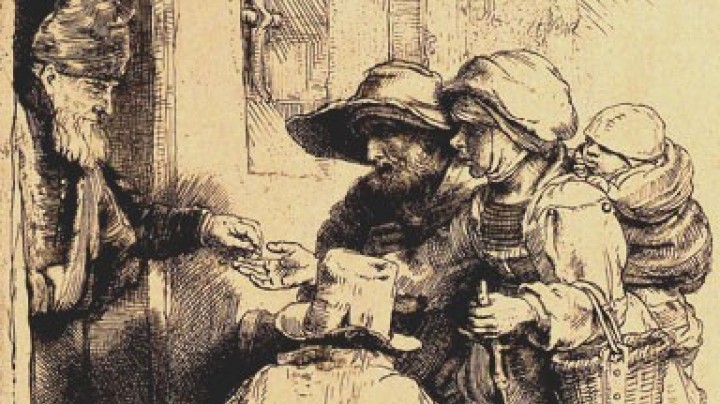Miramare – ‘A beautiful house on the seashore’
Close to what is now the Italian port city of Trieste, the emperor’s brother Ferdinand Maximilian fulfilled his childhood dream of having a palace by the sea. However, he had little time remaining in order to enjoy it.
Even when he was a child, Archduchess Sophie’s second-born son, Ferdinand Maximilian, had a quite different nature to that of his brother Franz Joseph. While the Austrian emperor-to-be was passionate about all things military, Maximilian loved nature (especially of the exotic variety), and made frequent visits to the Schönbrunn Menagerie. While even as a child, Franz Joseph was thrifty and disciplined, his brother was characterized by a happy-go-lucky and cheerful disposition, and overstretched himself financially. Maximilian invested an exceptional amount in the purchase of books. The archduke took one of his mother’s mottos – ‘Miserliness is a crime among princes’ - quite literally. He also gave free rein to his lavish tendencies when he decided in 1855 to fulfil one of his childhood dreams: ‘a beautiful house and a large garden on the seashore’.
Maximilian, at this time engaged as commander-in-chief of the imperial-and-royal navy, did not baulk at the immense construction costs involved in erection of the magnificent Miramare Palace on a rocky promontory beside the Adriatic close to Trieste. Constructing the palace on such rocky terrain was an architectural challenge. He had the terrace edged with granite from Tyrol and filled with soil in order to lay out a garden with exotic plants. Very idiosyncratically, Maximilian had a replica constructed of the admiral’s cabin in his frigate Novara for use as a study.
In the same year in which Maximilian married the Belgian Princess Charlotte, Franz Joseph appointed him as governor-general of Lombardy-Venice. When Lombardy was lost in 1859, Maximilian and Charlotte initially retreated to Miramare Palace.
In 1864, Maximilian travelled to Mexico and there, at the insistence of the French Emperor Napoleon II but against the will of the majority of the people, had himself crowned emperor of Mexico. He clearly expected to return to Trieste, for he designed a throne room and hurriedly had the plans shipped to Europe. However, he was never to see the completed work, finished in 1870. After only three unsuccessful years as emperor of Mexico, he was taken prisoner by rebel forces, court-martialled and subsequently executed on 19 June 1867, in the Mexican city of Querétaro.
In the following years, Miramare served the imperial family as a summer residence. At the beginning of the First World War, its contents and furnishings were transferred to Vienna, but in the 1920s they were returned in full to the Italian state, and the original interior of the palace was restored.
















